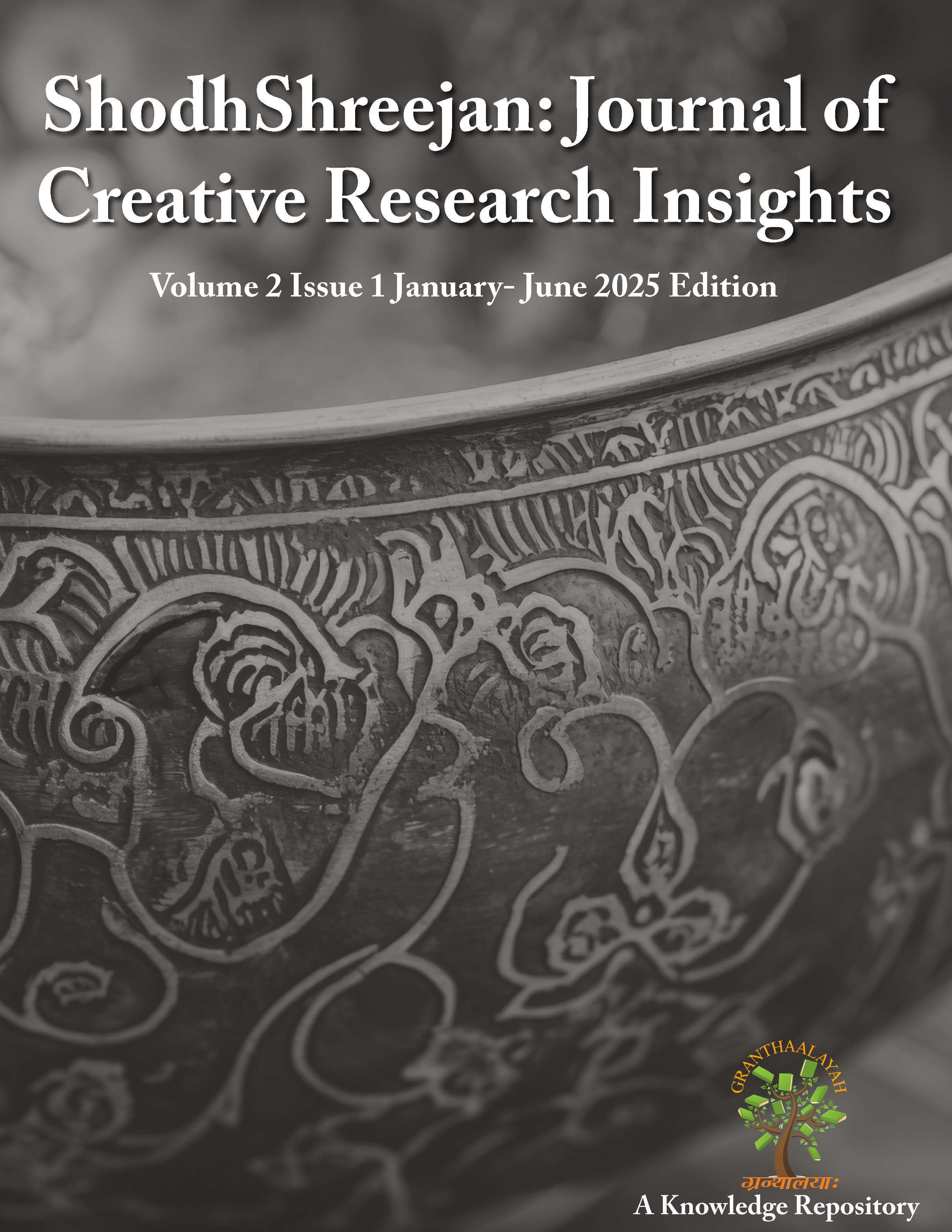A REVIEW OF WIND ENERGY INTEGRATION IN MASDAR CITY’S SMART URBAN DEVELOPMENT
DOI:
https://doi.org/10.29121/shodhshreejan.v2.i1.2025.27Keywords:
Wind Energy, Sustainable Urban Framework, Masdar City, Renewable Energy, Gift City, Urban SustainabilityAbstract [English]
This research investigates the incorporation of wind energy into the sustainable urban framework of Masdar City, demonstrating the significant role that wind energy plays in the development of an urban ecosystem that is efficient in terms of energy consumption. As a pioneering example of environmentally responsible urban construction, Masdar City integrates a wide range of renewable energy sources, with wind energy making a substantial contribution to the city's efforts to achieve its sustainability goals. In this study, the technical and operational elements of Masdar City's wind systems are investigated. The evaluation addresses both the successes that were achieved and the difficulties that were faced throughout the implementation process. The usage of wind energy, which is a significant component of the city's plan for renewable energy, is a clear indication of the city's dedication to lowering carbon emissions and decreasing its dependency on fossil fuels.
In addition to this, the report highlights the creative design and planning strategies that enable Masdar City to incorporate wind energy into its urban form in a seamless manner. Insights gained from Masdar's expertise provide significant recommendations for metropolitan regions all over the world, particularly for growing smart cities that are eager to implement solutions that utilize renewable energy sources. In particular, these lessons are applicable to GIFT City, which is located in Gandhinagar, India, and is working toward a more sustainable urban infrastructure in the future. It is possible for GIFT City to take the lead in sustainable development in India by adopting the strategy that Masdar City has taken. This would involve employing wind energy to improve energy security and environmental resilience. The findings of this study highlight the potential of wind energy to contribute to the advancement of urban sustainability. It also provides a model for the integration of alternative energy systems in analogous metropolitan situations, particularly in India.
References
Al-Sallal, K. A., Al-Rais, L., & Bin Dalmouk, M. (2013). Designing a Wind Tower for Modern Urban Settings: A Case Study of Masdar City. Renewable Energy, 57, 24–34. https://doi.org/10.1016/j.renene.2013.01.016
Elgendy, K. (2011). The Wind Tower: Reviving a Traditional Cooling System in Masdar City. Sustainable Cities and Society, 1(1), 44–51. https://doi.org/10.1016/j.scs.2010.08.001
Fodell, S., & Al Jassmi, H. (2015). The Wind Tower in Masdar City: A Modern Adaptation of Traditional Architecture. In Proceedings of the International Conference on Sustainable Design and Construction (134–139). https://doi.org/10.1061/9780784413517.014
Masdar City. (2010). Innovative Architectural Solutions: The Wind Tower Project. Masdar Initiative.
Masdar. (2023). Masdar City: Sustainable Development in Action. Masdar Official Website.
Omer, A. M. (2008). Renewable Building Energy Systems and Passive Human Comfort Solutions. Renewable and Sustainable Energy Reviews, 12(6), 1562–1587.
Smith, J. (2022). Urban wind energy: Integrating Renewables into the Urban Fabric. Renewable Energy Journal.
United Nations. (2021). World urbanization prospects. United Nations Department of Economic and Social Affairs.
Published
Issue
Section
License
Copyright (c) 2025 Parool Chauhan, Suman Pandey

This work is licensed under a Creative Commons Attribution 4.0 International License.
With the licence CC-BY, authors retain the copyright, allowing anyone to download, reuse, re-print, modify, distribute, and/or copy their contribution. The work must be properly attributed to its author.
It is not necessary to ask for further permission from the author or journal board.
This journal provides immediate open access to its content on the principle that making research freely available to the public supports a greater global exchange of knowledge.



















